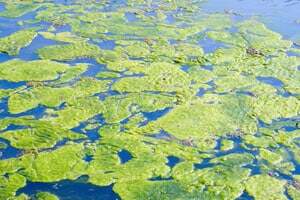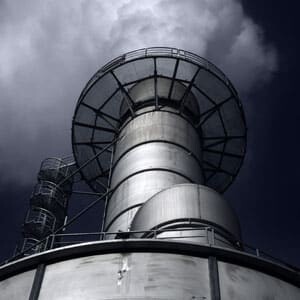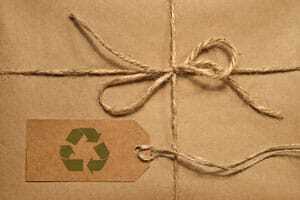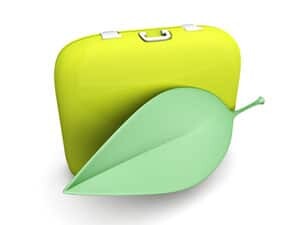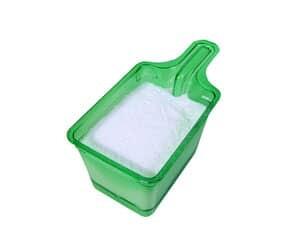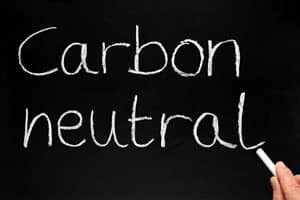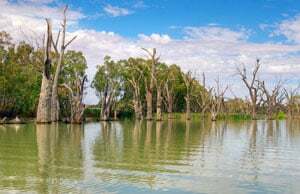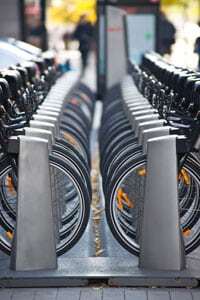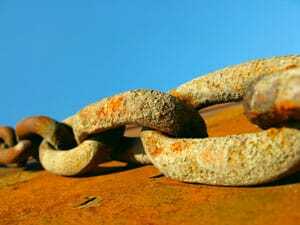New vehicles sold in Australia will have to meet tougher emission standards. The new rules have already been adopted by other developed nations and are aimed at cutting dangerous emissions which contribute to cardiovascular and respiratory illness. The new guidelines are a coup for the green revolution and public health but will not be completely phased in until 2018.
The Federal Government unveiled new rules in June to combat air pollution from new cars, utes and SUVs sold in Australia.
The regualtions will force car manufacturers to use technologies which produce cleaner emissions. In particular, they will target diesel engine emissions, which have been classified as carcinogenic.
Manufacturers will have to fit filters to reduce the amount of fine particles, known as particulate matter, which attach to exhaust gases and can cause lung disease when inhaled. These filters will not be compulsory in new diesel vehicles until 2018 although in the meantime the availability of fuel conditioners (including eco-friendly industrial liquid Extreme Green Diesel Bug Killer) can help produce cleaner emissions and improve vehicle performance.
The Federal Government has conceded the new standards (termed Euro 5 and Euro 6) are likely to push up prices by about $1000 for a diesel vehicle. The new regulations will be phased in over the next seven years, with the less-stringent Euro 5 regulations in effect from November 2013.
The same standards have already been introduced in the US and Canada, Japan and South Korea. Europe is on the brink of introducing the new emission controls.
The Federal Government believes the new standards will save more than $1.5 billion from public health spending over the next 20 years by cutting smog-associated illnesses. The extreme green Euro 6 emission guidelines (in place from 2018) will:
- Cut hydrocarbon emissions by 50 per cent;
- Reduce nitrogen oxides by 70 per cent;
- Cut particulate matter by 90 per cent.
Vehicle emissions contribute to photochemical smog, levels of which in Sydney regularly exceed national and World Health Organisation goals.
A new report by the United Nations has reinforced the need for reduced vehicle emissions. The report, by the UN Environment Programme (UNEP) and the World Meteorological Organisation (WMO), has found that cutting exhaust fumes could help limit global warming while boosting food production and reducing heart and lung disease.
Green car technologies being embraced in Australia and other parts of the globe have become a focal point in the battle to curb greenhouse gases. New exhaust emission standards and technology such as biofuels and hybrid electric cars look to be the way of the future.
The reforms have been welcomed by Envirosafe Solutions, a Perth-based supplier of environmental cleaning products which has been working with the transport industry to help reduce environmental impacts. One of its products – the Extreme Green Diesel Bug Killer – was designed primarily to produce cleaner fuel emissions while reducing costly maintenance and vehicle down-time. To find out more contact Envirosafe Solutions on 1300 88 90 70 or email info@evss.com.au.
Sources:
http://www.caradvice.com.au/122835/new-car-emissions-cut-for-australia-finally/
http://www.news.com.au/national/car-pollution-crackdown-to-save-lives/story-e6frfkvr-1226073347555









